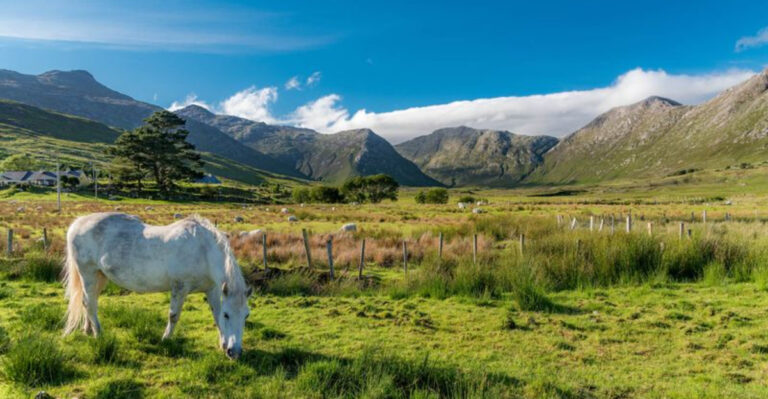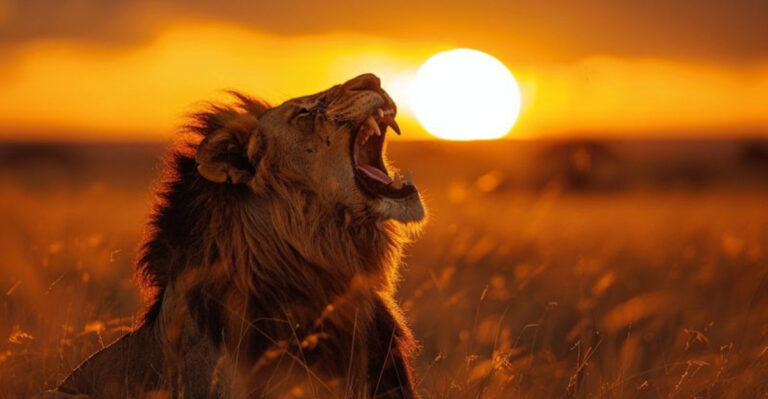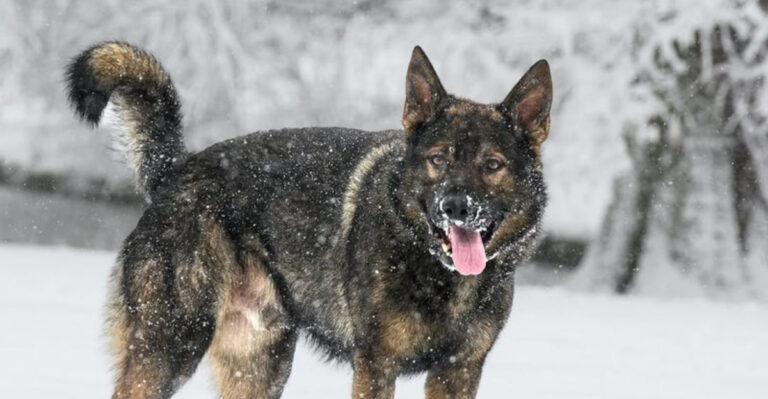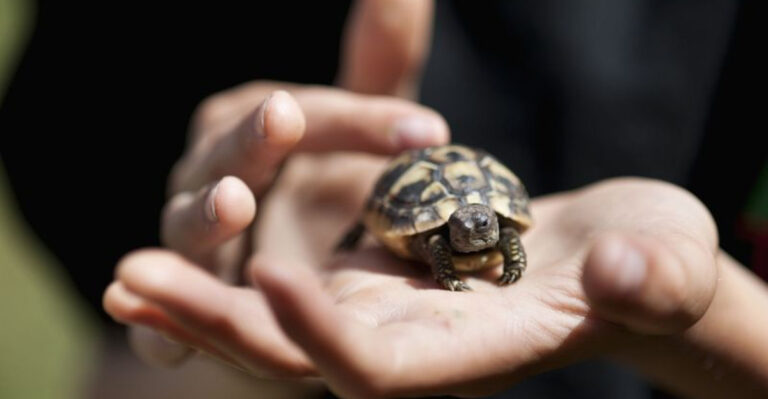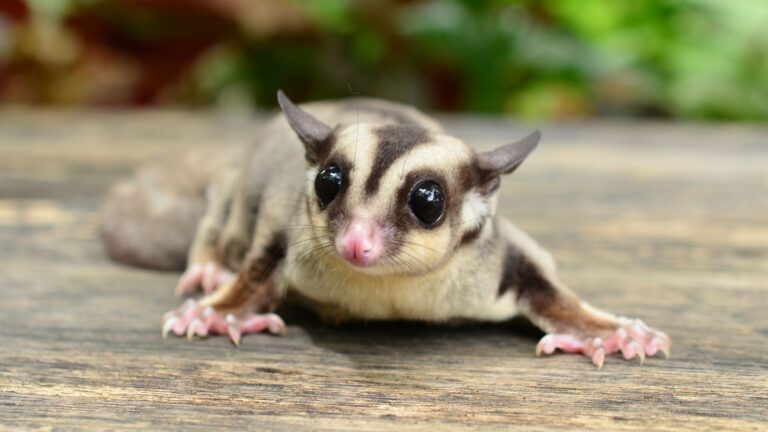8 Of America’s Most Endangered Mammals And 7 Ways How To Help
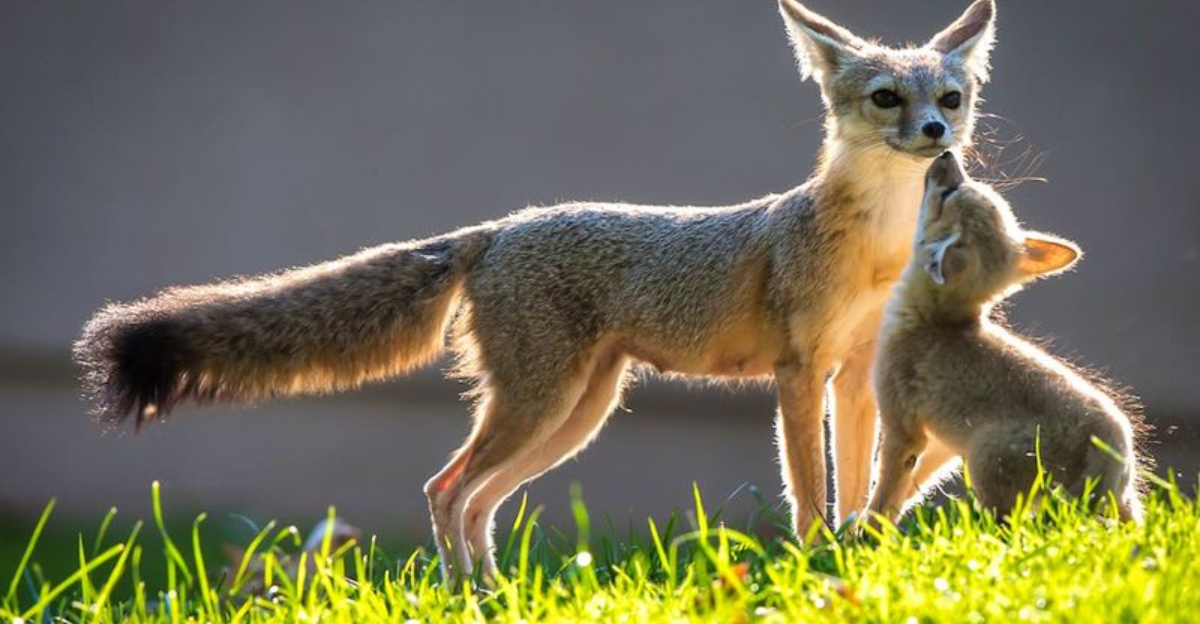
Wild animals across America face threats that push them to the brink of extinction. From the mysterious Florida panther to the rarely seen red wolf, these creatures need our protection now more than ever.
Learning about these endangered mammals is the first step toward making sure they survive for future generations to appreciate.
1. Florida Panthers Prowl On The Edge
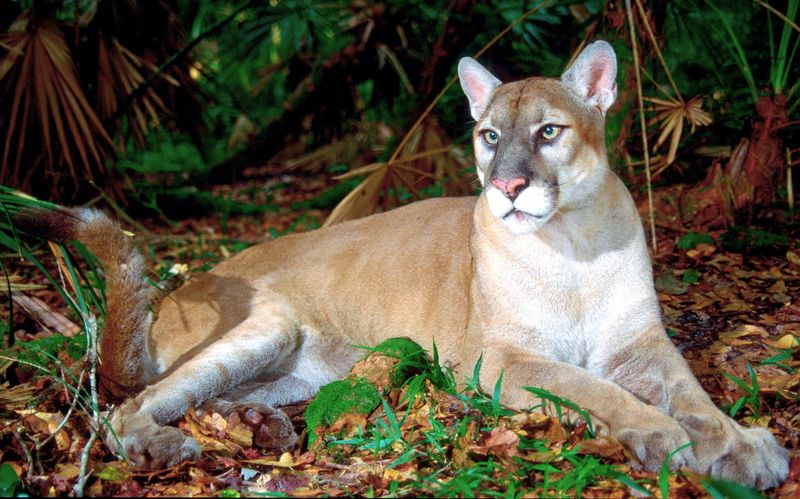
Once roaming throughout the southeastern United States, Florida panthers now cling to existence in a tiny slice of south Florida. These magnificent cats face a triple threat: highways cutting through their territory, shrinking forests, and genetic problems from their small population.
Conservation areas like the Florida Panther National Wildlife Refuge offer hope. Scientists track these elusive cats with radio collars to better understand their movements and protect critical habitat corridors.
2. Red Wolves Howl Against Extinction
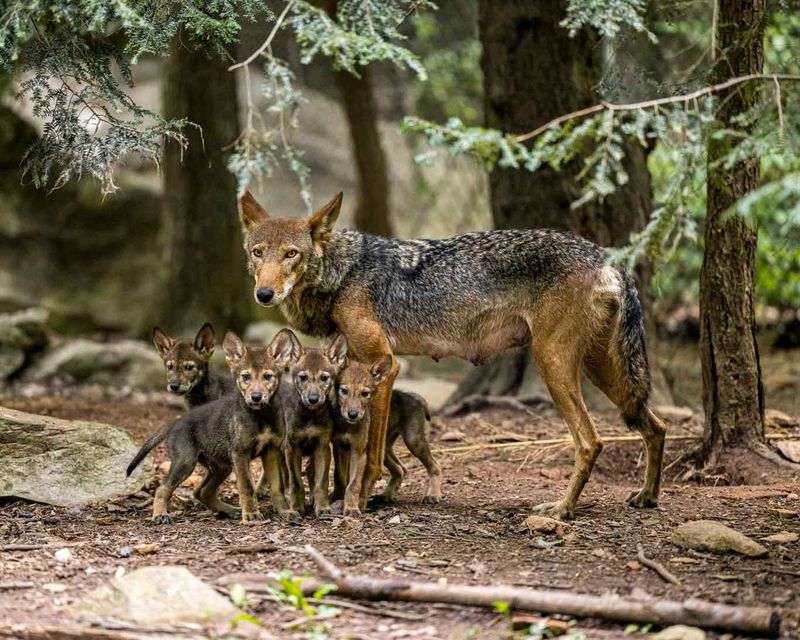
America’s rarest wolf species teeters on the edge with fewer than 20 individuals remaining in the wild. Found only in a small area of North Carolina, these russet-colored predators face an identity crisis as they increasingly breed with coyotes.
Human persecution and habitat fragmentation pushed them to near extinction in the 1980s. Captive breeding programs offer a lifeline, but reintroduction efforts face resistance from local communities concerned about livestock.
3. North Pacific Right Whales Vanishing From Our Oceans
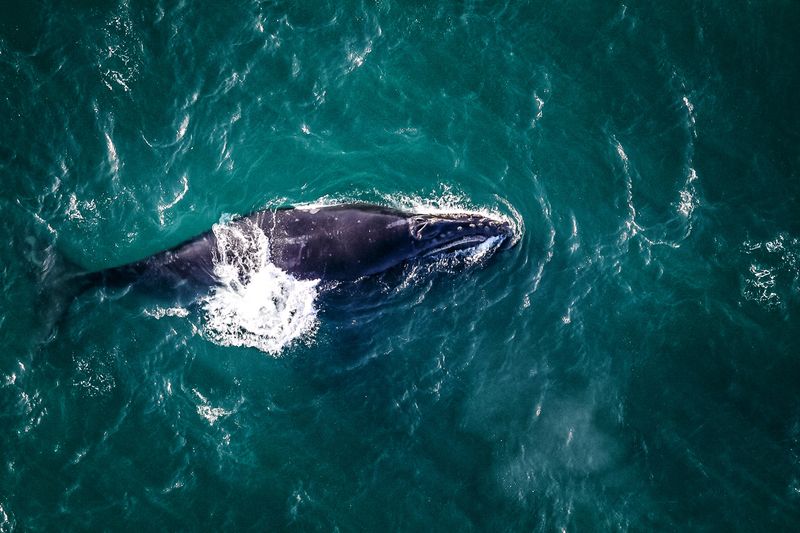
Among the most endangered mammals on Earth, these massive creatures number fewer than 50 individuals. Slow-moving and rich in blubber, they were perfect targets for whalers who gave them their name because they were the “right” whales to hunt.
Today’s threats come from shipping lanes that cross their feeding grounds and fishing gear that entangles them. Climate change alters the distribution of their food sources, forcing these giants to travel farther for meals.
4. Hawaiian Monk Seals Struggle In Paradise
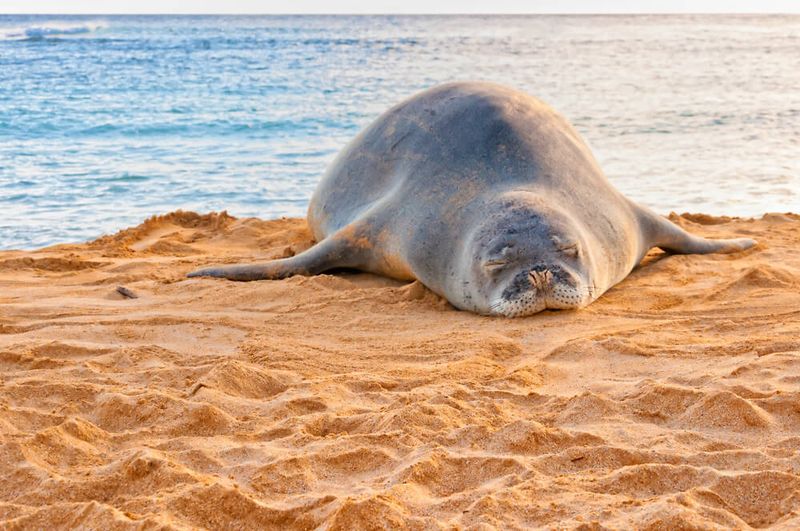
With their whiskered faces and puppy-like eyes, Hawaiian monk seals capture hearts easily. Yet only about 1,500 remain, scattered across the Hawaiian archipelago. Marine debris entangles them, while fishing hooks and nets cause injuries.
These seals need undisturbed beaches to rest and raise their pups. Rising sea levels threaten to wash away these critical habitats. Conservation teams work tirelessly to monitor populations, rescue injured animals, and protect pupping beaches from human disturbance.
5. Indiana Bats Face Invisible Enemy
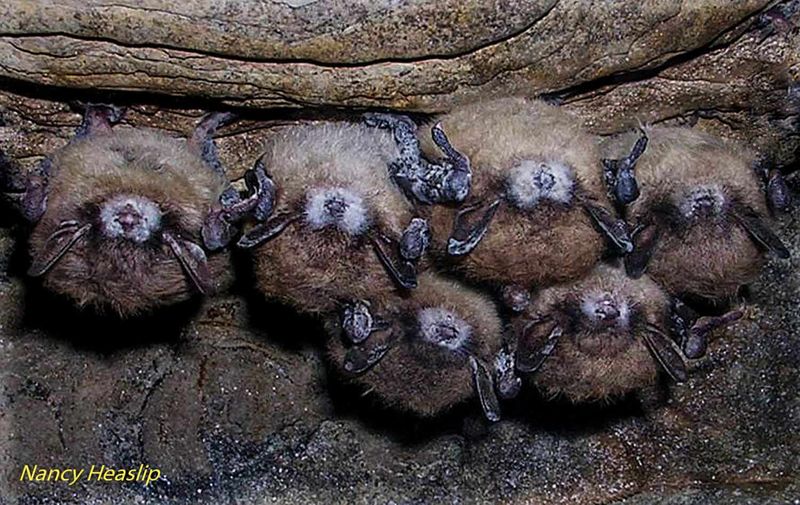
Small enough to fit in your palm, Indiana bats pack an outsized ecological punch as insect controllers. White-nose syndrome, a fungal disease that disrupts hibernation, has devastated their populations since 2006.
These nocturnal mammals roost under loose tree bark in summer and hibernate in caves during winter. Forest clearing removes their summer homes, while human disturbance in caves can wake them during hibernation, causing them to burn precious fat reserves needed to survive until spring.
6. Ocelots Hang On In Texas Borderlands
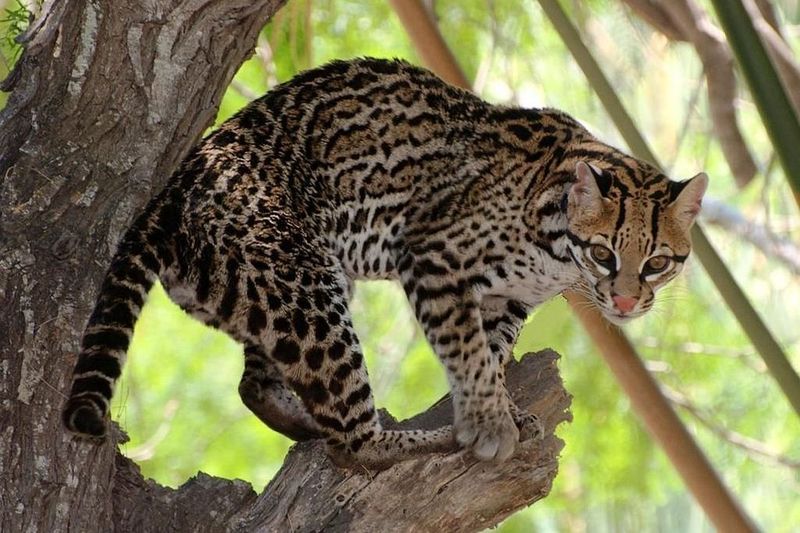
With stunning spotted coats that once made them targets for the fur trade, fewer than 100 ocelots remain in the United States. These wild cats now survive only in the thorny brushlands of southern Texas, where roads and farms have chopped their habitat into isolated fragments.
Vehicle collisions claim several precious lives each year. Wildlife crossings beneath highways offer some hope. These medium-sized cats need dense vegetation for hunting and raising young, making habitat preservation crucial for their survival.
7. San Joaquin Kit Foxes Battle Urban Sprawl
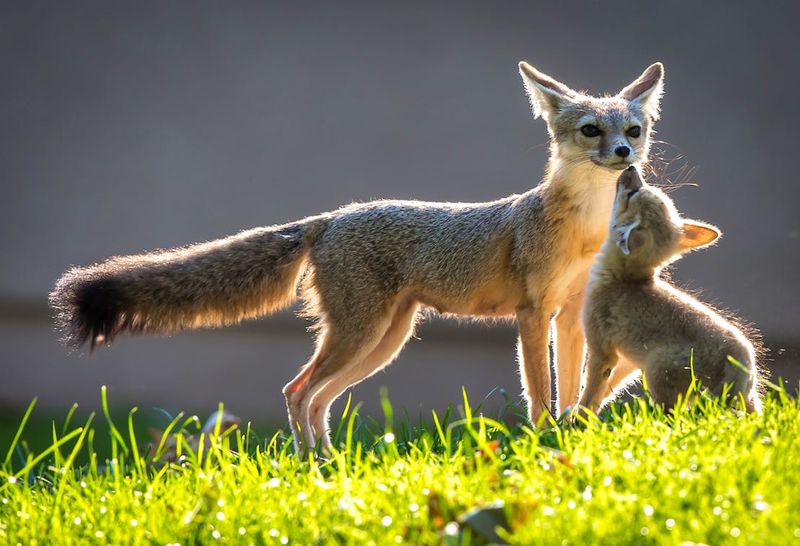
With oversized ears that help them stay cool in California’s Central Valley heat, these desert foxes have adapted to live alongside humans. Agricultural expansion and housing developments have claimed over 90% of their native grassland habitat.
Rodenticides used to control pests poison these predators when they eat contaminated prey. Despite these challenges, some kit foxes have moved into urban environments like Bakersfield, where they den under porches and hunt in parks and golf courses.
8. Mexican Gray Wolves Return From The Brink
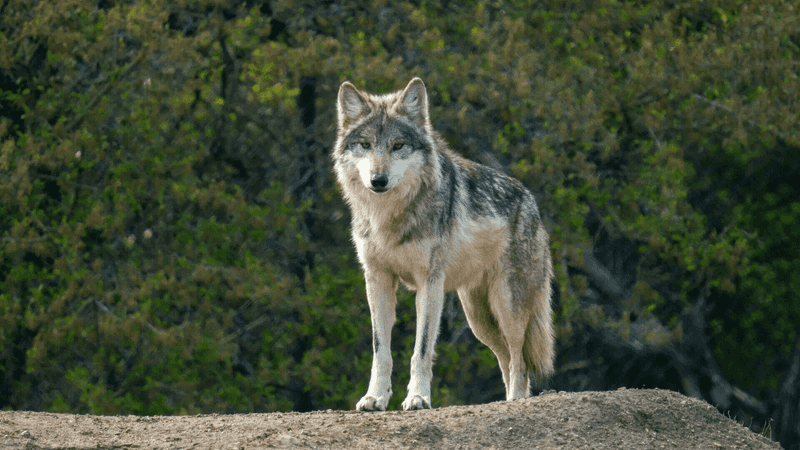
The smallest subspecies of gray wolf was completely extinct in the wild by the 1980s. Thanks to captive breeding programs, about 250 now roam the mountains of Arizona and New Mexico, but their future remains uncertain.
Ranchers fear livestock losses, leading to illegal killings. Political battles rage over their management. These social predators live in family packs and play a vital role in maintaining healthy ecosystems by controlling deer and elk populations.
9. Plant Native Gardens For Wildlife
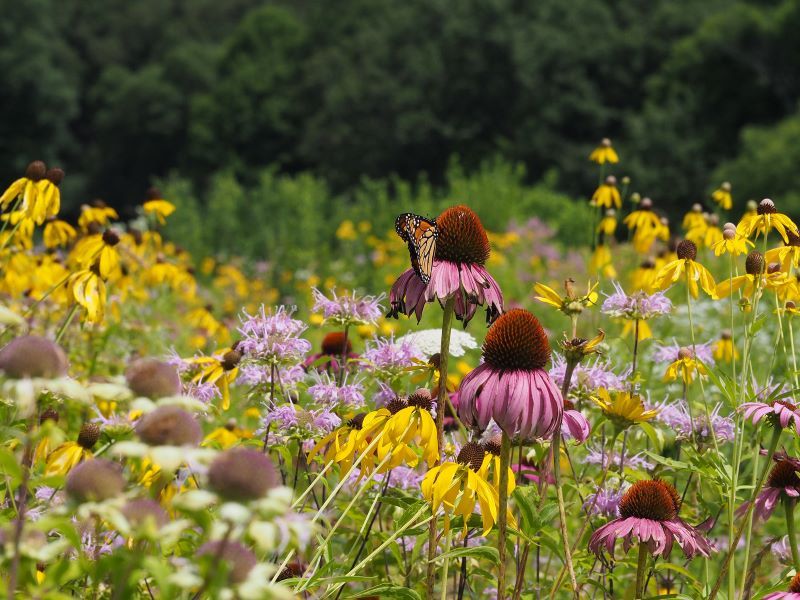
Transform your yard into a wildlife haven by replacing traditional lawns with native plants. These natural options require less water and maintenance while providing food and shelter for local animals. Even apartment dwellers can create balcony gardens with native flowers.
Remove invasive species that crowd out beneficial plants. Leave fallen leaves as natural mulch where possible. Creating connected habitat patches helps animals move safely through developed areas and find the resources they need to survive.
10. Volunteer With Local Conservation Groups
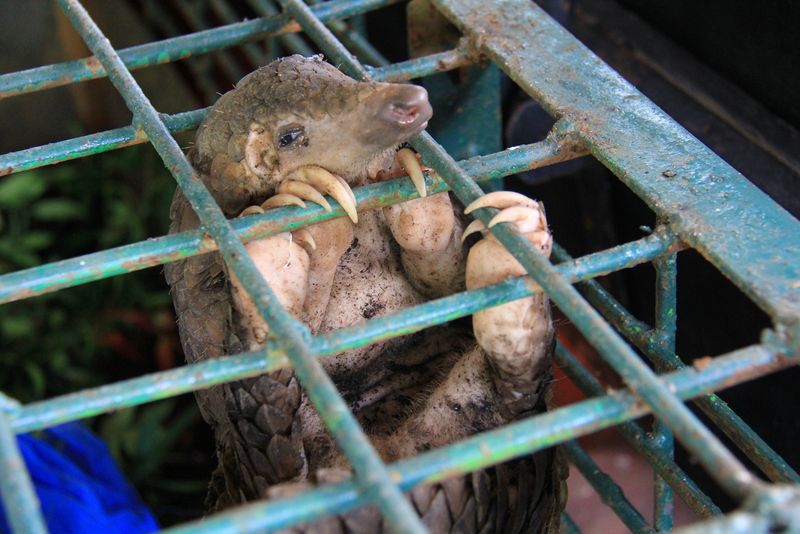
Your time and energy can directly benefit endangered species through volunteer work. Conservation organizations often need help with habitat restoration, wildlife monitoring, and public education events.
Beach cleanups remove dangerous debris that can entangle marine mammals. Citizen science projects collect valuable data on animal populations. Volunteering at wildlife rehabilitation centers assists injured animals. These hands-on experiences not only help wildlife but also deepen your connection to local ecosystems.
11. Support Wildlife Crossings And Corridors
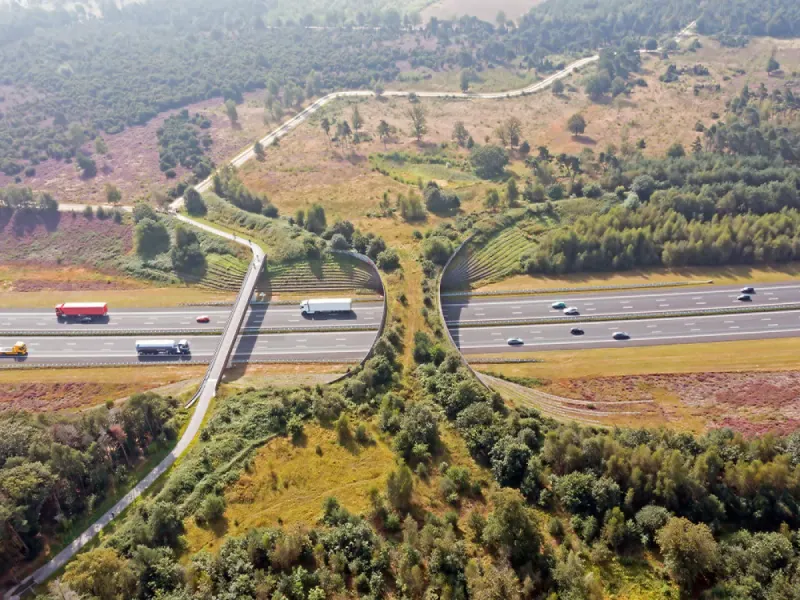
Roads fragment wildlife habitat and lead to deadly collisions. Wildlife crossings—bridges or tunnels that allow animals to safely cross highways—save countless lives. These structures have reduced Florida panther deaths by 90% where installed.
Advocate for these lifesaving structures in your community. Support land conservation that creates wildlife corridors connecting isolated habitat patches. These natural highways allow animals to find food, mates, and new territory without crossing dangerous roads.
12. Reduce Your Carbon Footprint
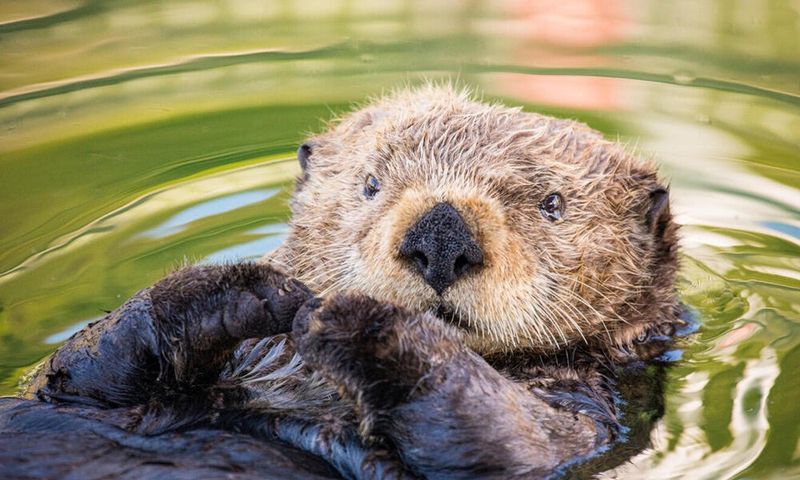
Climate change threatens endangered mammals by altering habitats and food availability. Simple daily choices can reduce your impact: walking, biking, or using public transportation cuts emissions. Energy-efficient appliances and LED lighting lower electricity demand.
Consider installing solar panels if possible. Eat locally grown food and reduce meat consumption. These actions might seem small, but when millions make similar changes, the positive impact for wildlife adds up tremendously.
13. Make Wildlife-Safe Consumer Choices
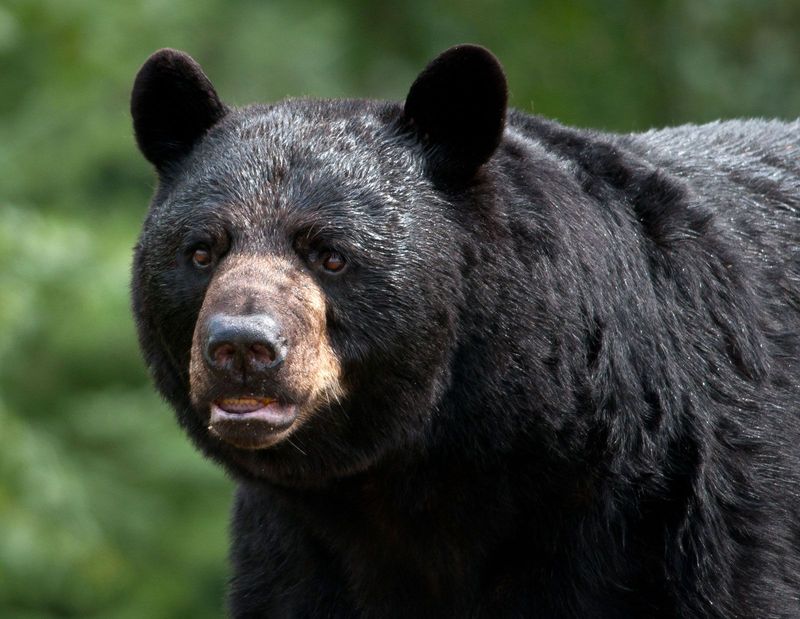
The products we buy impact wildlife in surprising ways. Choose seafood certified as sustainable to protect marine mammals from fishing gear entanglement. Look for Forest Stewardship Council (FSC) certified wood and paper products harvested with wildlife protection in mind.
Avoid palm oil or choose products with certified sustainable palm oil to protect tropical forest habitats. Reduce plastic consumption, especially single-use items that often end up in oceans where they harm marine mammals.
14. Support Conservation Organizations
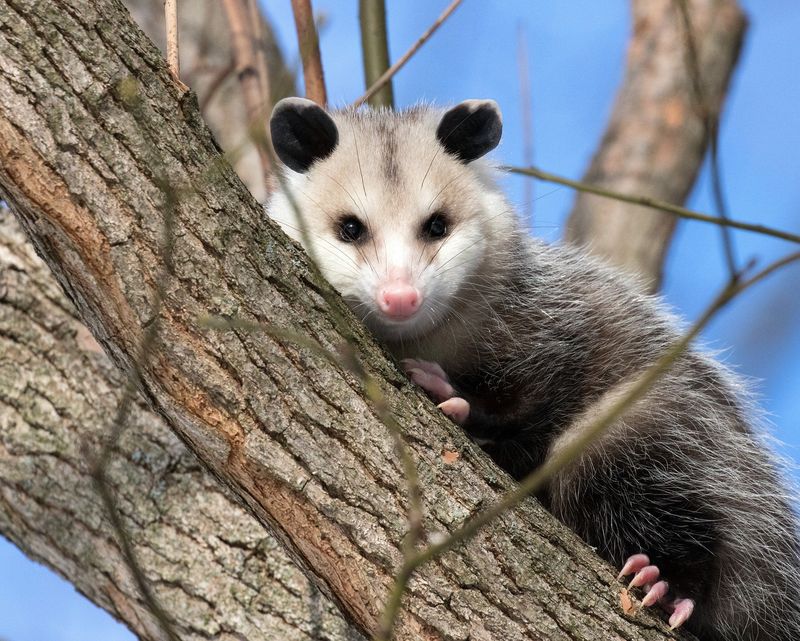
Effective wildlife conservation requires funding. Organizations like Defenders of Wildlife, World Wildlife Fund, and the Nature Conservancy work directly to protect endangered mammals and their habitats.
Even small monthly donations provide reliable support for long-term projects. Consider “adopting” an endangered species through symbolic adoption programs. Research organizations before donating to ensure your money goes primarily toward conservation work rather than administrative costs.
15. Advocate For Strong Environmental Policies
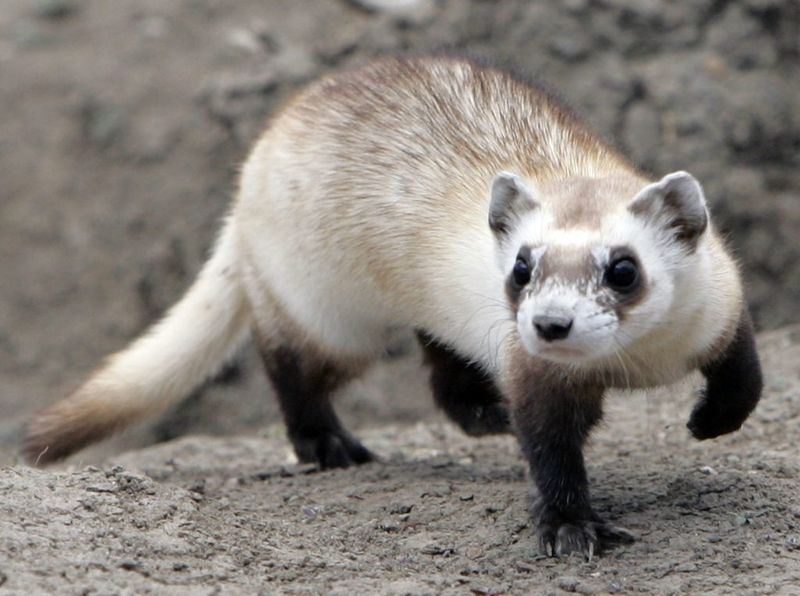
Laws like the Endangered Species Act provide crucial protection for vulnerable animals. Contact your elected officials to support wildlife-friendly legislation and oppose weakening environmental protections.
Attend public meetings about local development projects that might impact wildlife habitat. Join advocacy groups that amplify your voice. Share accurate information about endangered species on social media to counter misconceptions that undermine conservation efforts.


